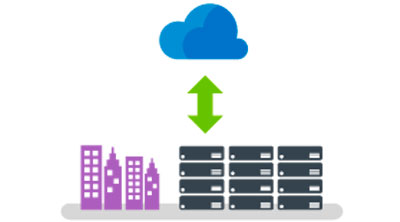In the same way as in Windows, developers can build and test their Service Fabric applications in Linux on a one-box setup, so they won’t need a cluster in Azure. Microsoft’s intention is to enable developers choosing their favourite OS to build and run Service Fabric vApp.
The company has also announced that they’re planning to open source some parts of the platform, atarting with the programming models, so that developers can build their own programming models and add support for other languages.
Up to now, Service Fabric supported Windows servers and .NET applications, but as many enterprises nowadays use heterogeneous workloads with Windows and Linux servers, .Net and Java applications and SQL and NoSQL databases encouraged Microsoft to make it compatible with Linux.
Source: Microsoft Azure Official Blog







0 Comments